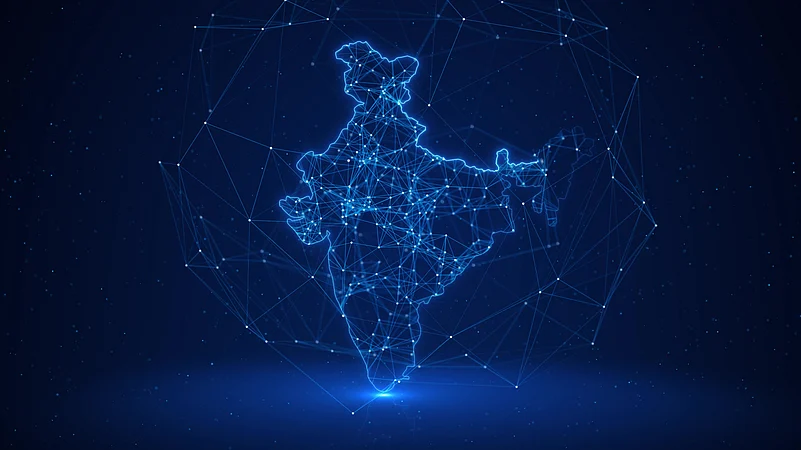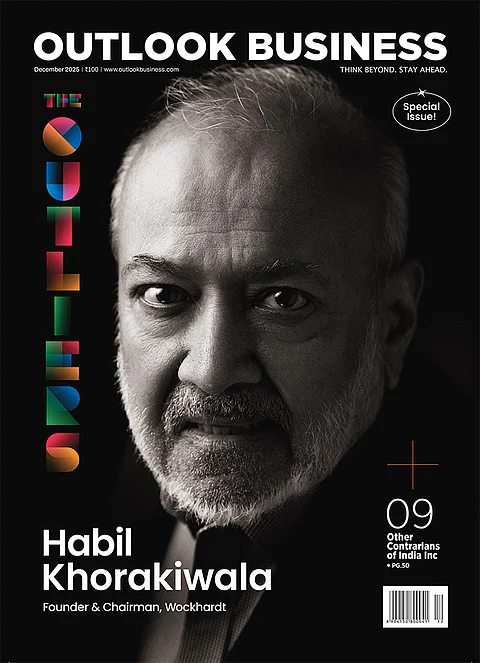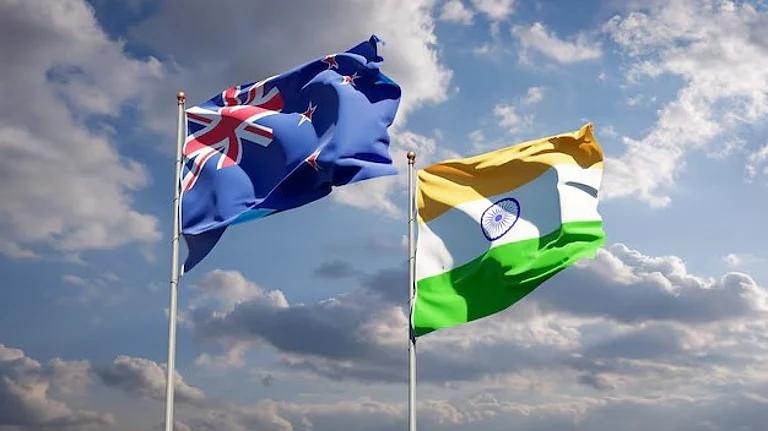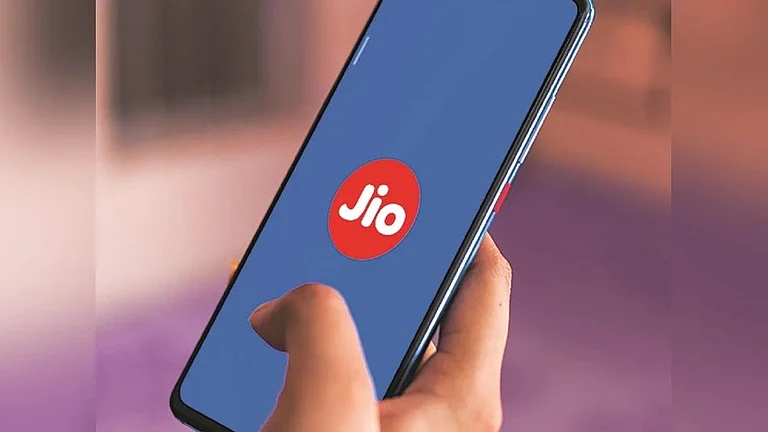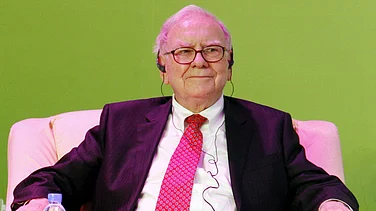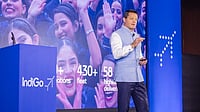
AI platforms are offering free services to create a user base in India
Their idea is to capture the largest share of this user base amidst its peers
Access to this vast user base will provide them contextual data that can be utilised further for monetisation
Almost all major global AI platforms are currently racing to expand their presence in India. Some have drastically reduced their prices, while others are offering free access to attract users in what is emerging as one of the world’s largest digital markets.
OpenAI recently launched its ChatGPT Go promotion, offering Indian users 12 months of free access. Google partnered with Reliance Jio to provide Jio subscribers complimentary access to Gemini Pro for up to 18 months. Similarly, Bharti Airtel teamed up with Perplexity AI, giving Airtel customers a year of Perplexity Pro, worth around ₹17,000, at no cost.
xAI’s Grok has been made freely available with limited prompts, while Anthropic’s Claude continues to offer a free tier with optional paid upgrades. Meta AI, powered by Llama, is integrated for free across WhatsApp, Instagram, and Facebook in India. Meanwhile, Microsoft Copilot provides select premium AI features at no additional charge to eligible Microsoft 365 users in the country.
But why are these global AI giants so eager to win over India’s digital users?
Why Push for India?
The devil is in the data. India is one of the fastest-growing digital economies in the world. After China, it has the largest number of internet users globally, with 1,002.85 million internet subscribers reported during April–June 2025, according to a PIB report.
“If you look at general business dynamics, even if only 10% or 20% of India’s digital users eventually subscribe to paid plans, that still translates to hundreds of millions of users for these AI platforms, a massive opportunity in itself,” Mohammad Faisal A, Chief Analyst at TechArc explained.
The PIB report, published in September 2025, also notes that rural internet penetration stands at around 46 subscribers per 100 people, highlighting the need for satellite internet and infrastructure development to bridge the digital divide.
Therefore for AI platforms, India is a goldmine of opportunity. Not just because of its vast existing internet user base, but also due to the enormous untapped rural population yet to come online. This combination makes India one of the most promising markets for long-term user growth and revenue expansion.
Another key reason these AI platforms are entering India and partnering with major telecom operators is to gain access to vast pools of user data. Unlike giants such as Meta or Google, which already possess massive datasets from social media, search, and web indexing, AI players like OpenAI and Perplexity currently lack comparable access to hundreds of millions of active users and trillions of local data points.
By collaborating with Indian telecom providers, these companies can better understand user behavior, preferences, and linguistic nuances, enabling them to train their models for more localised, timely, and accurate outputs tailored to the Indian market.
Neil Shah, Founder of Counterpoint Research, believes that to remain relevant and stand out, companies like OpenAI must forge partnerships with organisations that have “access to millions of users” and can “offer freemium bundled offerings” to attract a large user base and gather extensive data to “train their models with local context” and augment the prompt economy in India.
He added, “Partnering with telcos and e-commerce players in India, which have access to tens or even hundreds of millions of users’ data, is central to their go-to-market strategy to maximise reach and engagement.”
Not Easy to Sell to India
India is a tough market to sell to because of its price sensitivity, cultural diversity and complex consumer behavior. Despite being one of the fastest-growing consumer markets in the world, winning in India requires navigating through unique challenges.
Also, the country’s digital behavior is equally distinct. While hundreds of millions of Indians are now online, many are first-time internet users who remain cautious about online payments, data privacy, and adopting new technologies.
Dhaanessh Gunasegaran, Head of AI at the BeerBiceps Group, offered a clear explanation of the ideal Indian digital consumer. He described them as a largely “young, mobile-first population” with widespread smartphone adoption, affordable data access, and “strong social influence from peers and influencers.” Most users, he noted, seek “personalised experiences, deeper engagement, and interactive discovery” when exploring new services, and AI fits perfectly within this pattern of adoption.
Explaining why the Indian market can be difficult to crack, he said, “Indian users consider several factors before paying for online services, such as the security and privacy of transactions, ease of use, perceived value, peer influence, and the availability of affordable pricing options. Discounts, rewards, and cashbacks further reinforce their willingness to pay.”
Strategy to Enter in India
The AI platforms are following two distinct strategies to enter India. It can be termed as the OTT strategy and the Jio strategy.
Foreign OTT platforms like Netflix used a localisation and pricing approach to win over India’s highly price-sensitive audience. They launched affordable mobile-only plans, sometimes as low as ₹149 per month, to attract first-time streamers in a mobile-first nation. Alongside, they invested heavily in local content, regional films, web series, and dubbed shows to enhance relatability and expand their reach beyond metro cities.
This combination of low-cost access and localised content helped them build and sustain a strong user base despite India’s challenging digital market.
Similarly, AI platforms are now employing a comparable “OTT strategy.” Many have reduced prices to appeal to Indian consumers, with OpenAI’s ChatGPT Go being a prime example, an India-only, low-cost plan priced around $4–$5 per month, or currently offered free for one year. In the US, the primary consumer subscription option is ChatGPT Plus, which costs $20 per month.
Once these platforms gather sufficient local user data, they are expected to introduce vernacular versions to reach a broader, more diverse audience across India.
Explaining how strategies used by OTT platforms, such as focusing on regional languages and offering affordable, flexible pricing could be applied to AI platforms, TechArc’s Faisal noted that, much like the digital shift that began with the rollout of 4G and the launch of Jio - “that’s when people truly discovered and started using OTT platforms,” the current AI wave represents another major turning point in India’s digital evolution.
He explained, “Right now, the focus for most AI companies isn’t immediate monetisation but gathering more granular data about Indian users. As more people start using these tools and applications, the data collected will help train and refine the models further. That, I believe, is the main reason this race has begun. Monetisation will follow later.”
Jio’s Winning Strategy
In 2016, Jio adopted a disruptive strategy that now serves as a case study for entering the Indian digital market. Its approach focused on affordability, accessibility, and scale, not just to enter the market, but to build a massive user base across the country.
Jio launched with free voice calls, ultra-low-cost data plans, and several months of free internet access, effectively eliminating cost as a barrier to entry. This aggressive pricing model, combined with nationwide 4G coverage and partnerships for affordable smartphones, brought millions of first-time internet users online.
Foreign AI companies are adopting a similar strategy to Jio’s by prioritising accessibility and mass adoption over immediate profits. Instead of focusing on monetisation, they’re offering free or low-cost AI tools and features suited to Indian users to quickly build a large user base.
These companies are localising their offerings, adding support for Indian languages, regional accents, and culturally relevant use cases, to increase relatability and engagement. Much like Jio’s approach with free data, their goal is to get millions of Indians to start using AI daily, allowing them to gather valuable user data, refine models for the local market, and establish dominance before monetisation begins.
“Jio’s strategy can certainly be replicated by AI platforms …much like Jio’s successful playbook in telecom. The key to success lies in creating habit-forming products that seamlessly integrate into users’ daily digital lives,” Gunasegaran said.






